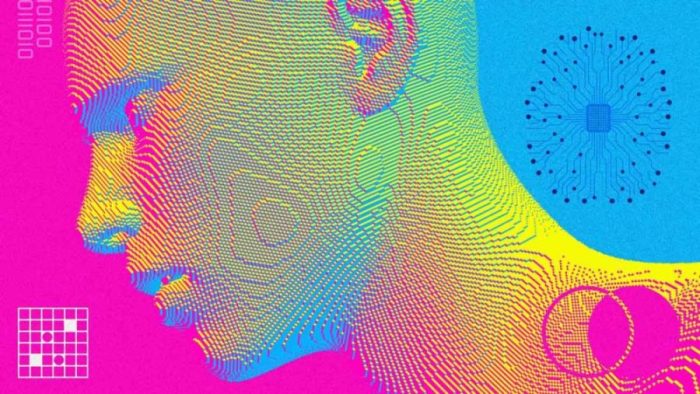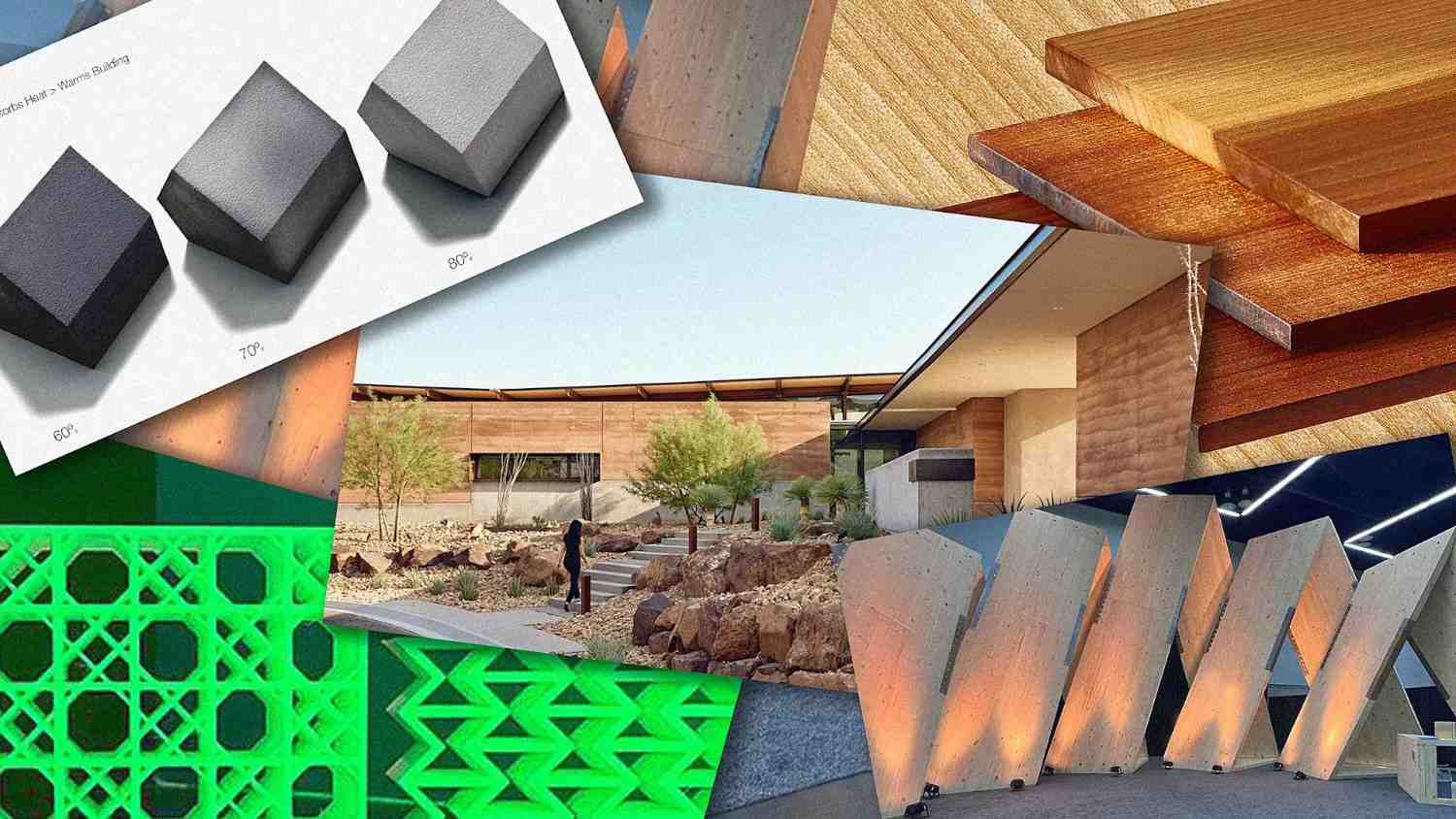- | 9:00 am
AI adds smart dimension to Arab art, but are collectors happy?
Machine learning and robots have introduced a digital dimension to Arab artforms. At the same time, patrons get to explore a more immersive experience.

As an art collector in the Middle East, Reem’s tastes have been rooted in the intricate calligraphy, dazzling tile work, and illustrations that reflect the delicate touch that artists in the Arab world have mastered through the centuries.
Despite this connection to the region’s past, many have embraced the future by exploring Arab art via digital platforms. They are increasingly investing in non-fungible tokens, following the blockchain.
Whether you’re a tech geek or an art lover, sound clips converted into visuals and codes generating infinite versions of a single artwork depicting pilgrims circling the holy Kaaba are captivating.
But what happens when there’s no human involved? Is a painting or sculpture still acceptable as a form of art if robotic arms and AI have created it?
It’s time to find the answer.
Things had come full circle considering that art gave birth to the idea of AI back in 1923, when a play called Rossumovi Univerzalni Roboti identified humanoids with the word “Robot,” triggering a chain of events.
Now, robots are making their way to historical sites and exhibitions across the Middle East, where art connoisseurs such as Reem are awestruck by an android’s work on the canvas.
You may welcome this change or stick to traditional art, but you can’t help but take note of these milestones set by AI artists in the Arab world.
SAUDI ARABIA’S PAINTBRUSH WIELDING ROBO-CITIZEN
From being a Saudi Arabian citizen to translating her imagination to reality on the canvas, Hong Kong-made humanoid Sophia has come a long way. She has even spoken on global platforms, including the United Nations. Four years after making waves globally, Sophia thrilled us with her self-portrait that demonstrated how AI could not just mimic but even enhance the imagination only humans possessed so far.
A collector bought her painting for a whopping $70 million from an auction in the form of an NFT after it was registered on the blockchain. It’s the kind of groundbreaking asset all of us would love to bag! But if you still insist on retaining the human aspect, Italian artist Andrea Bonaceto did collaborate with the android on this particular piece.
Yes, she is now based out of Hong Kong, but acknowledging Sophia as a citizen remains a milestone in Saudi Arabia’s journey of broadening cultural horizons by integrating smart tech into daily life.
FROM SOPHIA TO AI-DA, THE MIDDLE EAST’S FORAY INTO AI ART
If Saudi robot Sophia created magic on the canvas years after leaving the kingdom, British robo-artist Ai-Da arrived in Egypt amid much fanfare and controversy to flaunt her talent near Egypt’s iconic pyramids in Giza. Reservations aside, you can’t deny the fascination of a robot with metal arms and cameras in her eyes, processing algorithms to decode the Riddle of the Sphinx to carve out a 2.5-meter clay sculpture.
Developed by Oxford-based modern art specialist Aiden Meller, Ai-Da was briefly detained by Egyptian custom officials on suspicion of espionage, but, what’s art without a bit of controversy? Young engineers in Egypt, however, created the algorithm used for her exhibition in Giza.
If that isn’t impressive enough, Ai-Da has even recited poetry she wrote after combining her bank of words and Dante’s speech patterns on an Italian poet and writer’s 700th anniversary.
ADDING A DIGITAL PERSPECTIVE TO ART AT GITEX
How do you break the monotony of a pandemic-paralyzed world relying on digitization? Getting a portrait done by an AI artist at the tech exhibition in town sounds like a pretty effective mood lifter.
This is the joy visitors discovered at Gitex in Dubai late in 2020, thanks to a device with three robotic arms and cameras that could simultaneously draw the same person from three angles.
Conservative art lovers can rest assured since the network of webcams and robotic arms was backed by Brussels-based artist Patrick Tresset. But the catch was that people could only click pictures of their portraits for keeps.
DECODING HUMAN EMOTIONS THROUGH AI
So this isn’t precisely machines creating art. Still, as an artist, you would wonder if your work has the intended effect on the target audience because that’s what art is all about? To address this question, researchers at Saudi Arabia’s King Abdullah University created an AI called ArtEmis, which reviews artworks just like any human expert would.
Is it accurate? Well, ArtEmis is backed by a data bank of 455,000 human explanations on 81,000 artworks and has been upgraded to speak in Arabic and Chinese, which sounds convincing enough. This means that soon you can unleash your imagination and get regular feedback from AI to see if your vision is coming alive on canvas.
SLICK CYBER-PANDAS ARE COMFORTING, TOO
If you are in Dubai and love tech, there’s no way you haven’t spent a weekend at Expo 2020, and beyond gadgets, the mega-event has a lot of art and culture in store for the young and curious. Yes, hundreds of androids guide you through the venue, but the Chinese pavilion’s robotic panda Youyou stands out among them for his talents, including creating art.
The friendly droid cuts through the pandemonium to soothe you with its skills in calligraphy on the canvas once it draws you in with tai-chi moves. Youyou flaunts high-tech hand-eye coordination to move around and walk you through the country’s installations.
It’s understandable for Reem and her fellow art buffs to be skeptical about AI taking over more creative tasks when popular art has traditionally portrayed robots as obedient mechanical tools or scary war machines.
But somewhere between dystopian visions and evolving reality, striking a balance between machine learning and human creativity can create magic just as digital artists have in the Middle East.







































